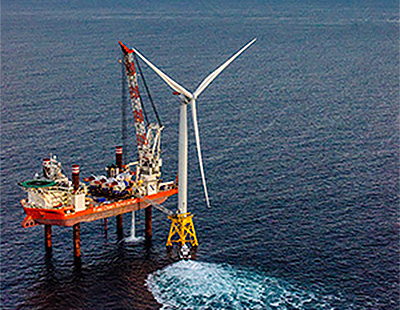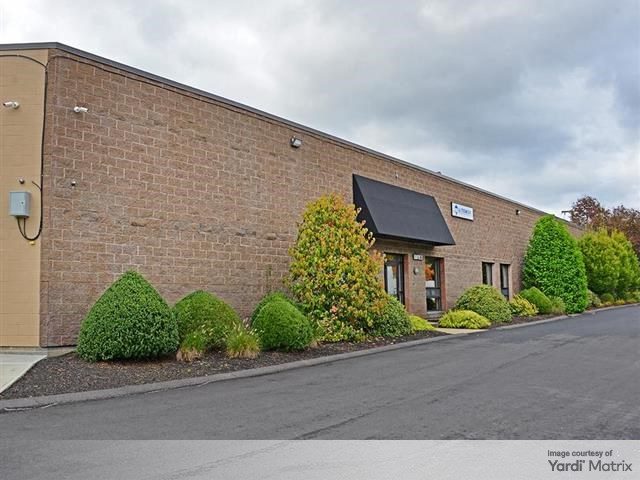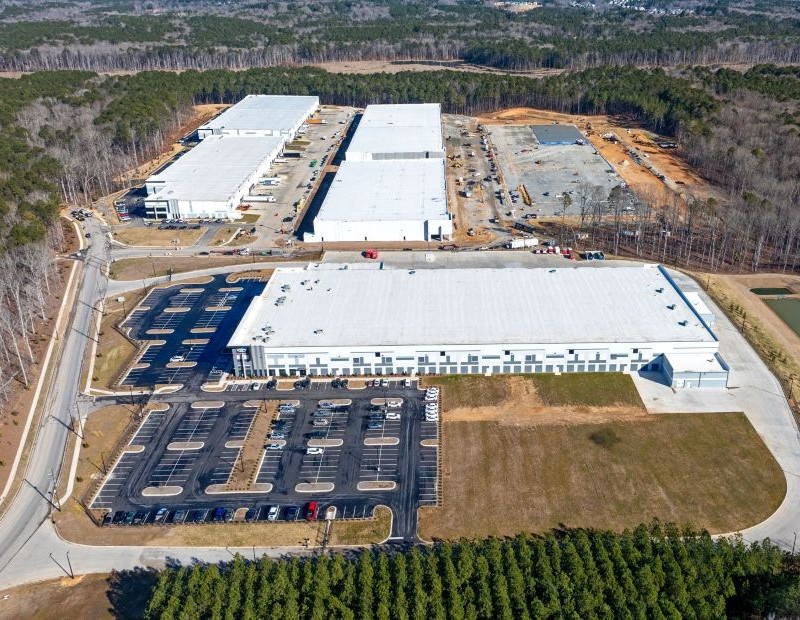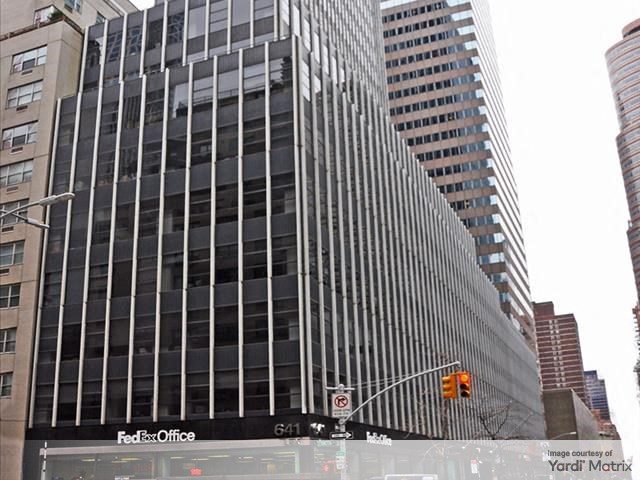GZA: Testing the Waters for Offshore Wind Farms
The offshore sampling is one of the first phases of what will be a five-month review by Deepwater Wind off its offshore leased property.
By Anca Gagiuc
GZA GeoEnvironmental Inc., a firm specialized in geotechnical, environmental, ecological, water and construction management services, has begun a multimillion-dollar offshore geotechnical engineering program for Deepwater Wind in Rhode Island Sound.
A 28-person GZA-led crew will spend 30 days working from a 200-foot class lift boat, taking and evaluating soil samples from the sea floor in 100 to 120 feet of water about 15 miles southeast of Block Island. GZA will analyze the composition of the sand, gravel, silt and clay extracted by the drilling operation to advise Deepwater Wind on how various wind turbine foundation options will perform in various areas.
Between wind and water
The soil samples will come from multiple locations in the offshore wind energy site Deepwater Wind—located roughly midway between Block Island, R.I., and Martha’s Vineyard, Mass.—has leased from the federal government. Here, the company intends to develop its South Fork Wind and Revolution Wind projects, slated to deliver power to Rhode Island, Connecticut and New York.
The offshore sampling is one of the first phases of what will be a five-month review by Deepwater Wind off its offshore leased property. Construction on the 90-megawatt South Fork Wind Farm is scheduled to begin in 2021 and have it begin operation in 2022. It is slated to comprise 15 turbines and a transmission system that should generate sufficient energy to power 50,000 average homes.
Construction on the 400-megawatt, 50-turbine Revolution Wind Farm is anticipated to start in 2020 and its energy will serve Rhode Island starting 2023.
“We’re embarking on this major scientific endeavor so we can better understand the seafloor where we’ll build these next windfarms,” Deepwater Wind CEO Jeffrey Grybowski said in prepared remarks. “When we’re done, we’ll know more about this part of the ocean than ever before. Local laborers, mariners and scientists will help us get the job done.”
GZA Associate Principal Diane Baxter from the firm’s Providence office is overseeing a two-shift, 24-hour geotechnical drilling and analysis effort. This consists of taking 3-inch-diameter cores of the soils below the sea floor, extending as far as 200 feet below the sea floor. “The geology of this part of the sea floor is proving to be highly complex and variable, which is something we saw when we worked on the Block Island Wind Farm,” Baxter said.
Image courtesy of GZA GeoEnvironmental








You must be logged in to post a comment.